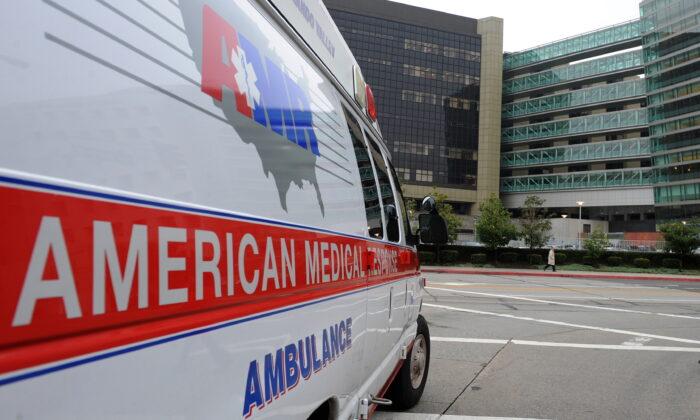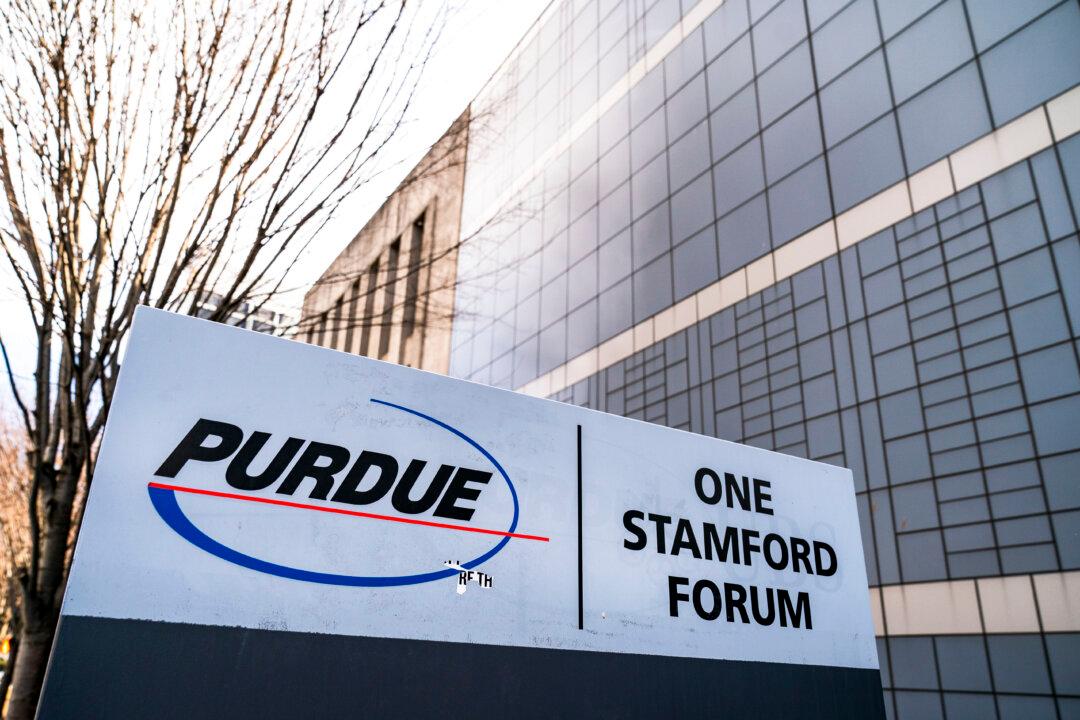Xylazine, also known as tranq, tranq dope, sleep-cut, Philly dope, or zombie drug, is being added to other drugs to increase the supply and the profits while adding to the euphoric effect of the drug.
Because it’s a tranquilizer used for large animals like horses and cattle, the xylazine can weaken respiration until one becomes unconscious.
The drug is resistant to Narcan, which is used to reduce the effect of decreased breathing brought on by opiate overdose.
“According to the FPD Intelligence & Analysis Unit, in 2022 there were 24 fatal drug overdoses in Fargo—down 26% from 2021—and Narcan was administered for 81% of all drug overdoses—up from 63% in 2021,” FPD said. “The National Institutes of Health (NIH) have [sic] stated that ‘experts are concerned that a growing prevalence of xylazine in the illicit opioid supply may render [Narcan] less effective for some overdoses.’”
Though Fargo has seen a small number of xylazine-related overdoses—8.5 percent of overdoses involved tranq in 2021—the FPD said eastern states have seen a dramatic rise in overdoses involving xylazine.
A New Danger
With fentanyl already a fatal contaminant mixed in to common drugs like heroin, cocaine, and methamphetamine, FBD said xylazine has only added to the danger.According to the NIH, many people who have ingested xylazine used it in combination with other drugs unknowingly.
“Most overdose deaths linked to both xylazine and fentanyl also involved additional substances, including cocaine, heroin, benzodiazepines, alcohol, gabapentin, methadone, and prescription opioids,” the NIH said.
Xylazine is injected, snorted, swallowed, or inhaled, and frequent use can lead to skin ulcers, and other complications, NIH said.
A medical toxicologist at Temple Health in Philadelphia, Pennsylvania, has reported that xylazine has been found in 90 percent of the city’s drug supply.
“We see sometimes that people are getting wounds in areas that they are not injecting, so maybe it’s not such a local effect, it could be a systemic effect,” D’Orazio said. “Vascular effects with this drug, we probably have 15 patients in the hospital who have severe wounds that we are trying to treat.”
Fifteen percent of evidence tested between October 2021 and July 2022 showed the presence of xylazine.
Between 2019 and 2021, the Michigan Department of Health and Human Services identified xylazine in the deaths of 171 people who also had opioids, cocaine, and methamphetamine in their system, according to the Detroit Free Press, which is an 86.8 percent increase in deaths related to the drug.
Because it’s an unknown, and unregulated for human use, the Food & Drug Administration (FDA) is gathering data from health care professionals “to better understand the patterns and impact of xylazine use, including, but not limited to: geographic location of xylazine exposure; additional substances involved in suspected xylazine-involved overdose; responses to naloxone or other agents in the context of overdose (including information on dose, route, duration, and outcome); and clinician experience treating skin ulcerations and withdrawal symptoms.”





